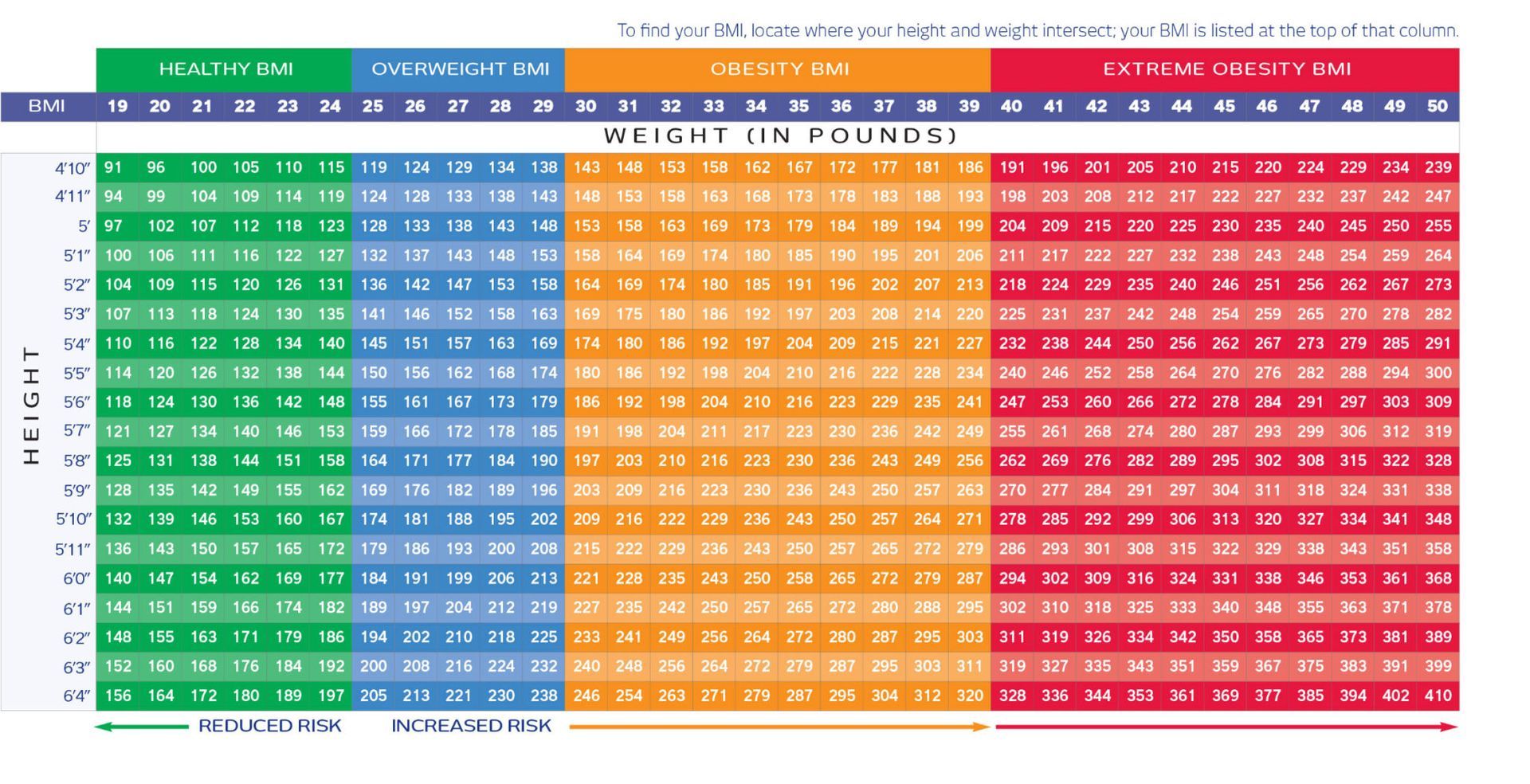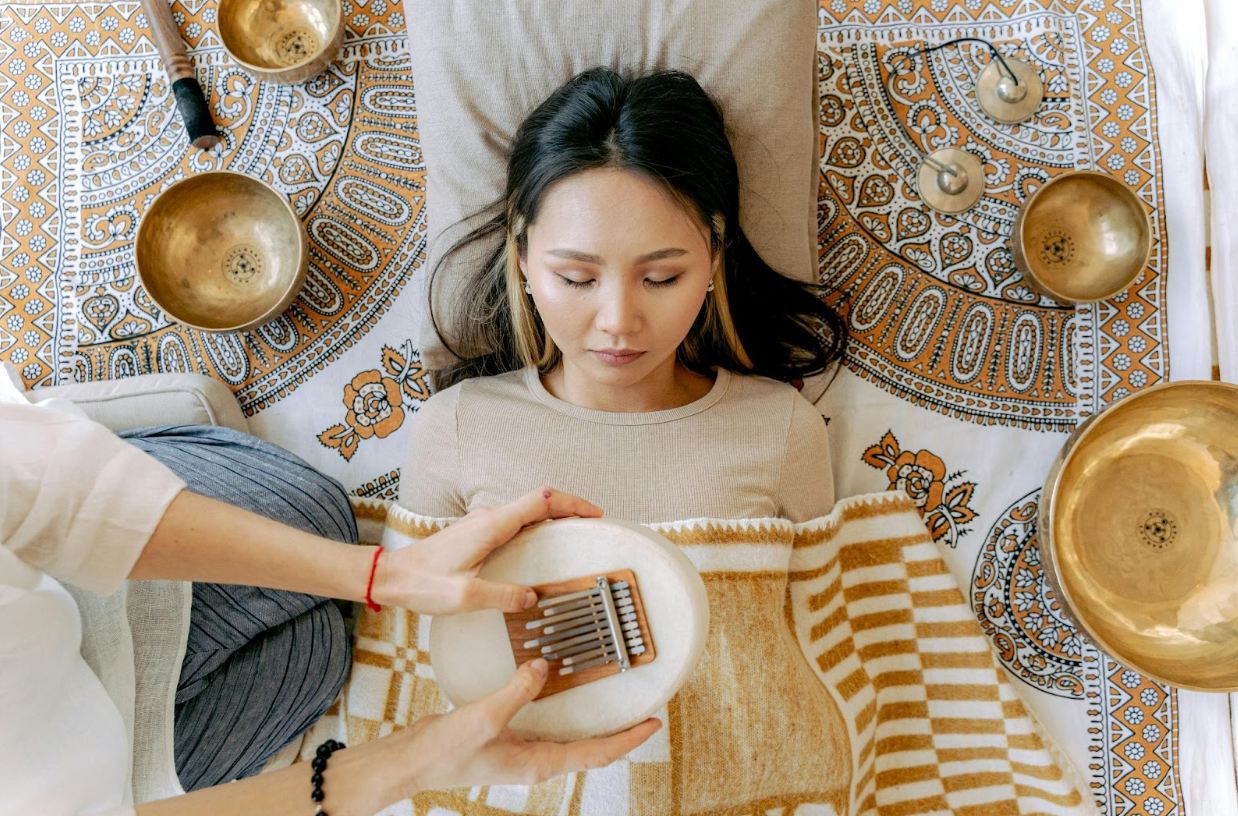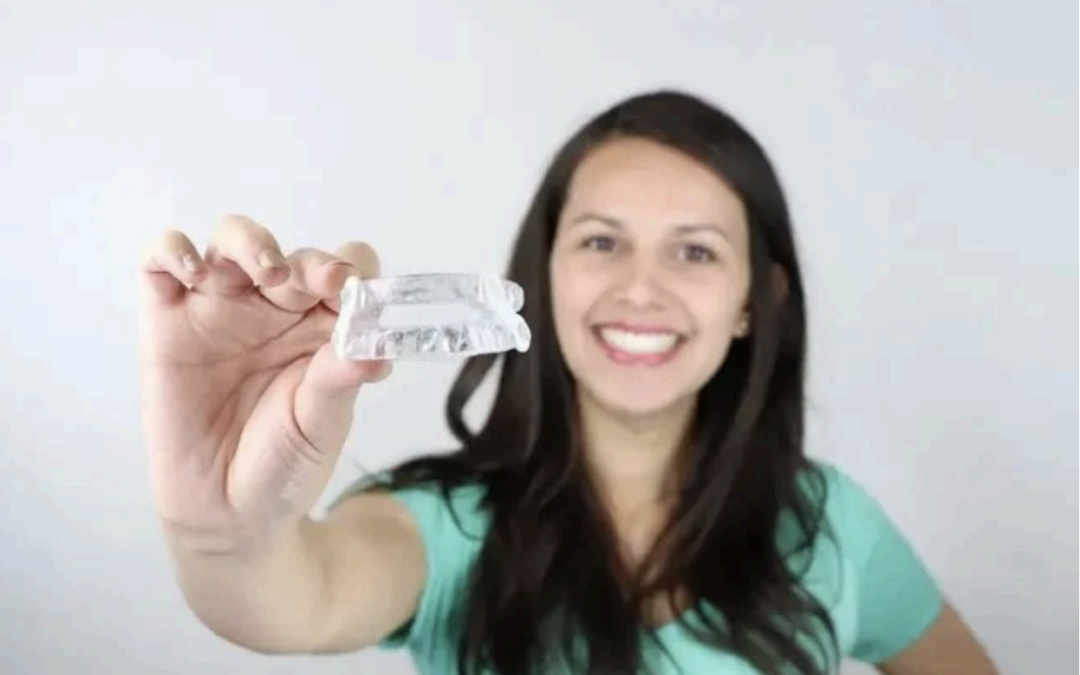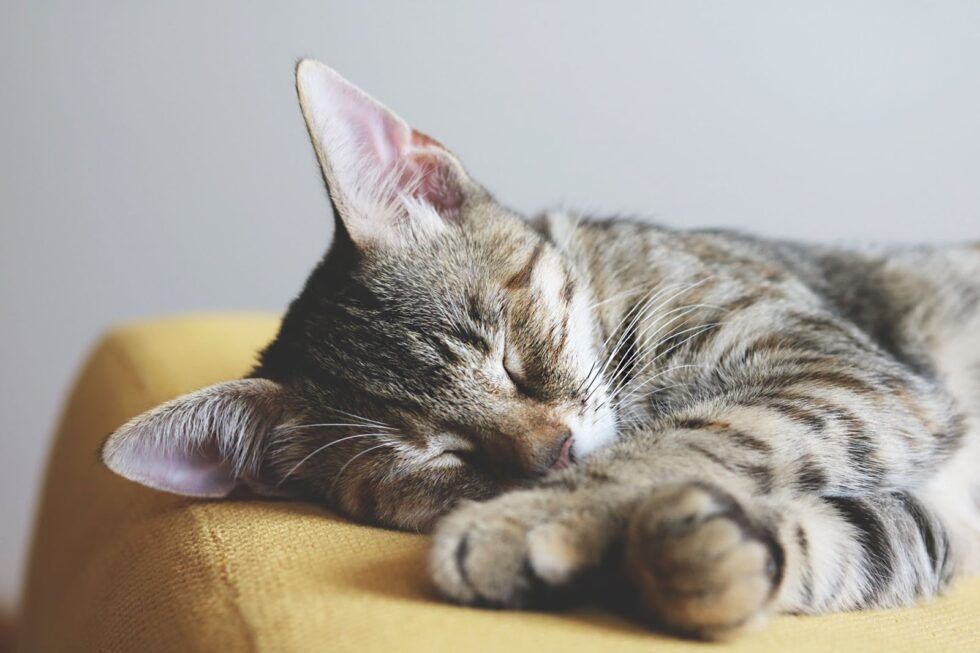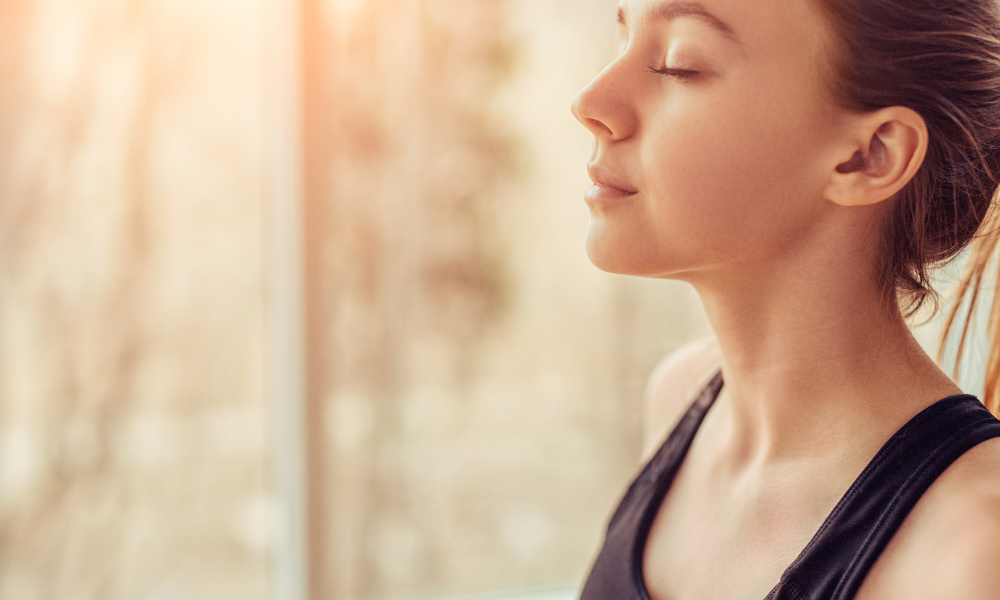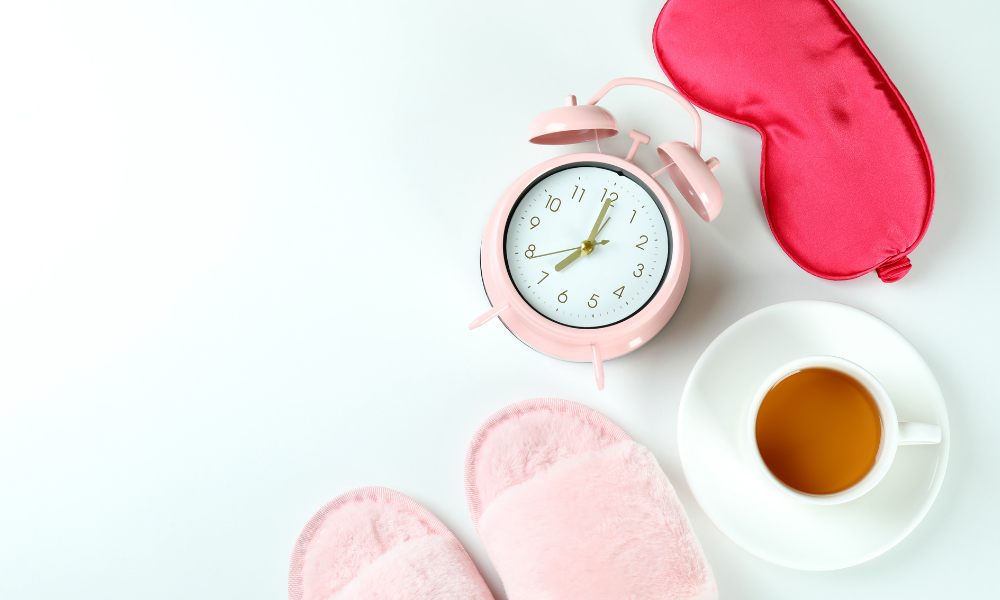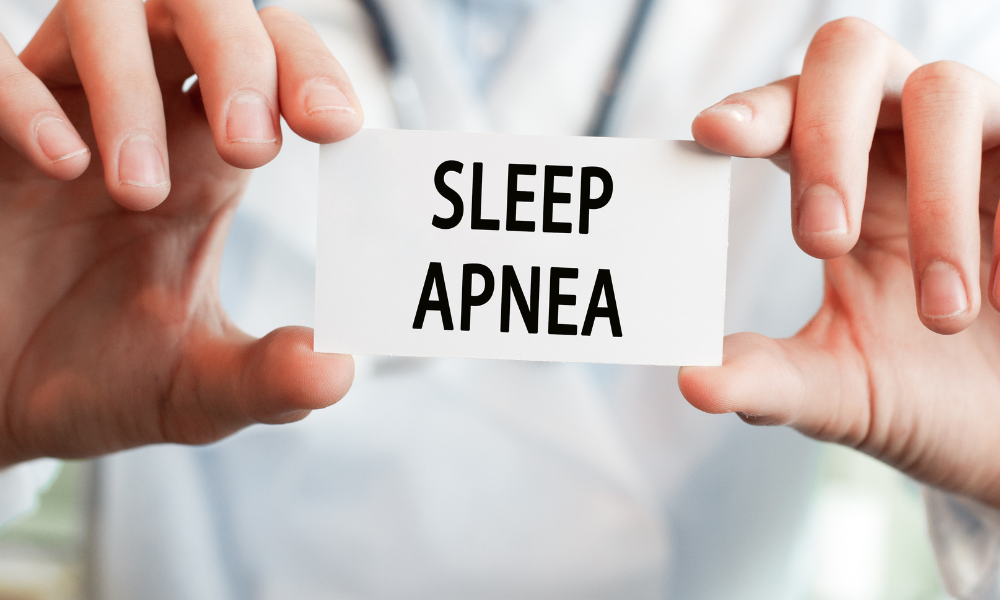By Great Sleep Dental
•
02 May, 2024
Many of us resort to different methods and devices in an attempt to fall asleep. Making a sleep playlist with relaxing music like pink noise, white noise, and other calming frequencies is one such efficient technique. Let's explore the science underlying these noises and see how you might use them to enhance your sleep experience. Understanding the Science of Sleep Sounds Before we explore the components of an ideal sleep playlist, let's take a moment to understand the science behind these sleep-inducing sounds. White Noise: White noise consists of a blend of all audible frequencies, creating a consistent sound similar to static or the hum of a fan. This steady sound can help mask background noises that might otherwise disrupt your sleep, promoting a more peaceful environment. Pink Noise: Pink noise is similar to white noise but with a slightly different frequency distribution, emphasizing lower frequencies. Studies suggest that pink noise may have a more natural, soothing effect on the brain, potentially improving sleep quality and memory consolidation. Brown Noise: Brown noise, also known as red noise, features even lower frequencies than pink noise, with a deeper and more soothing rumble. Its gentle oscillations mimic the natural sounds of wind or rustling leaves, creating a sense of serenity and tranquility conducive to sleep. Nature Sounds: The gentle rustle of leaves, the rhythmic pattern of rain, or the serene sounds of ocean waves can evoke feelings of relaxation and tranquility. Incorporating nature sounds into your sleep playlist can create a calming ambiance reminiscent of the great outdoors. Binaural Beats: Binaural beats involve playing two slightly different frequencies in each ear, causing the brain to perceive a third tone. This phenomenon is believed to influence brainwave activity, potentially inducing states of relaxation or deep sleep. Crafting Your Perfect Sleep Playlist Now that we've explored the science behind sleep sounds, it's time to curate your ultimate sleep playlist. Here's how to get started: Choose Your Sounds: Experiment with different types of sleep sounds, including white noise, pink noise, nature sounds, and binaural beats. Select the ones that resonate most with you and evoke feelings of relaxation. Consider Your Preferences: Some people prefer the steady hum of white noise, while others find solace in the gentle sounds of nature. Listen to various options and determine which sounds best suit your personal preferences and sleep environment. Adjust the Volume: It's essential to find the right balance when it comes to volume. Your sleep sounds should be audible enough to mask background noises but not so loud that they become disruptive. Aim for a volume level that is soothing and conducive to sleep. Create a Routine: Incorporate your sleep playlist into your nightly routine to signal to your body that it's time to unwind and prepare for sleep. Listen to your chosen sounds consistently, ideally starting about 30 minutes before bedtime. The Benefits of Sleep Sounds Adding sleep sounds to your nightly routine can offer a myriad of benefits, including: Improved Sleep Quality: Sleep sounds can help create a more conducive environment for sleep, leading to deeper and more restful slumber. Reduced Stress and Anxiety: The soothing sounds of nature or white noise can help calm the mind and alleviate feelings of stress and anxiety, making it easier to relax and fall asleep. Enhanced Focus and Concentration: Quality sleep is essential for cognitive function and mental clarity. By promoting better sleep, sleep sounds can contribute to improved focus and concentration during waking hours. Conclusion Incorporating white noise, pink noise, nature sounds, and binaural beats into your sleep routine can be a powerful tool for enhancing your sleep quality and overall well-being. Experiment with different sounds, adjust your playlist to suit your preferences, and enjoy the tranquil serenity of a restful night's sleep. Sweet dreams!
